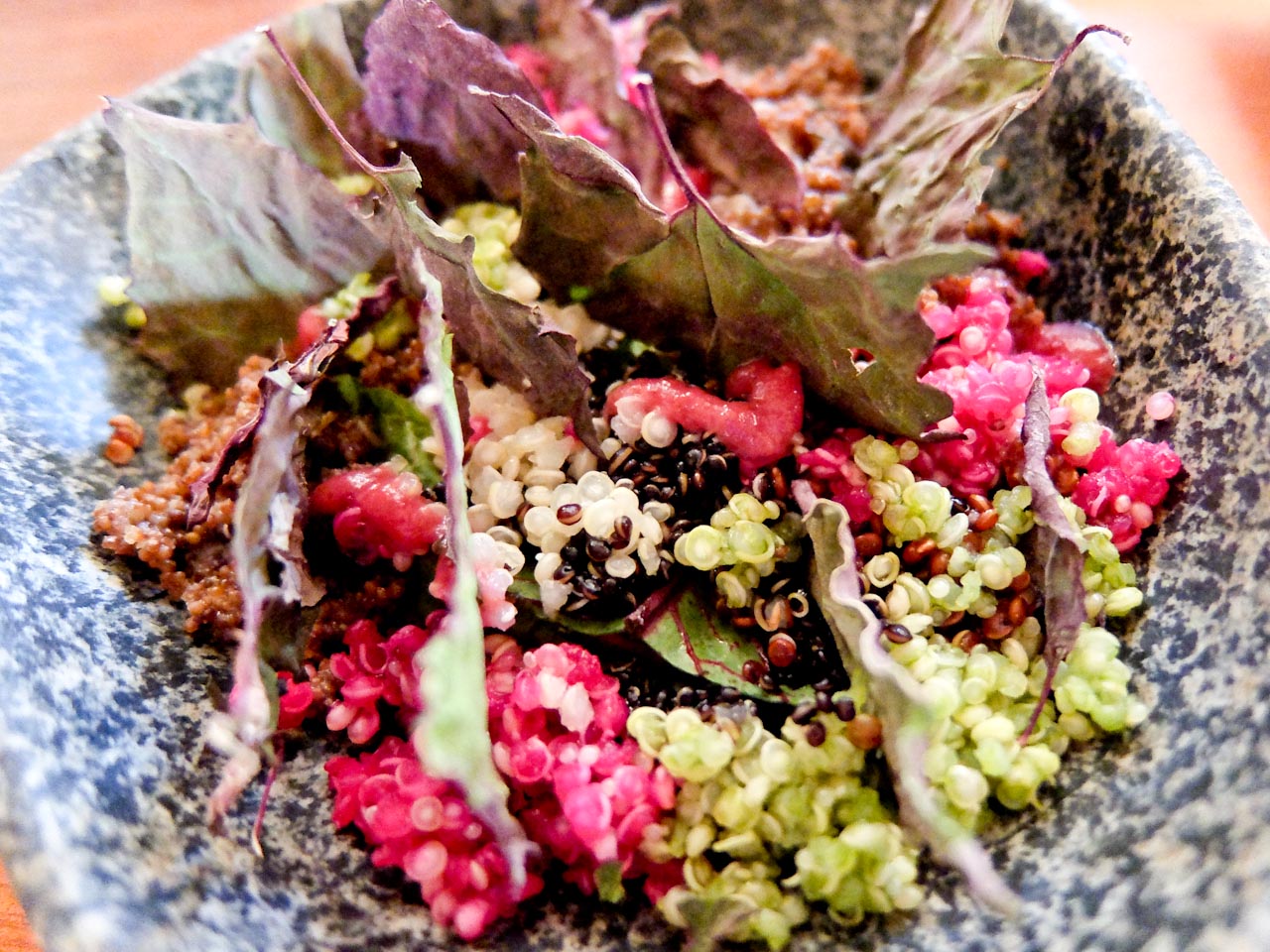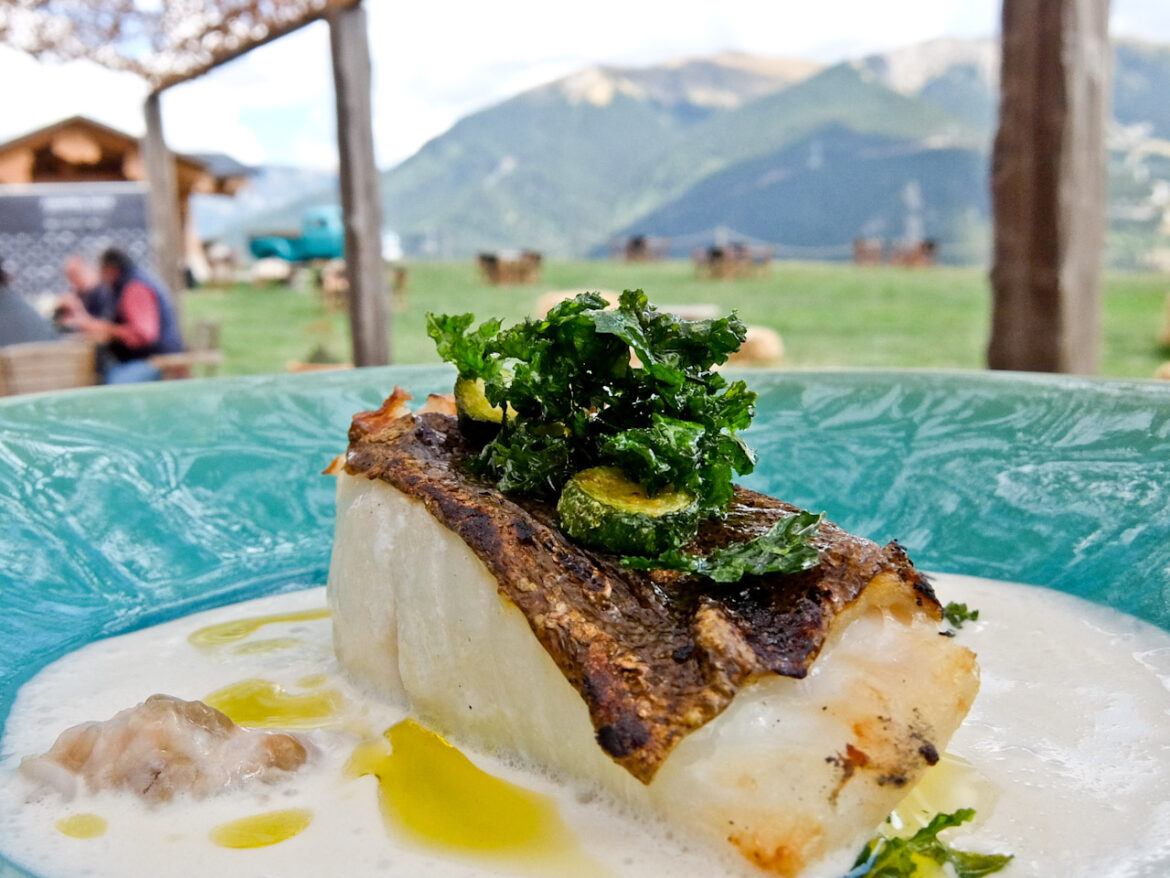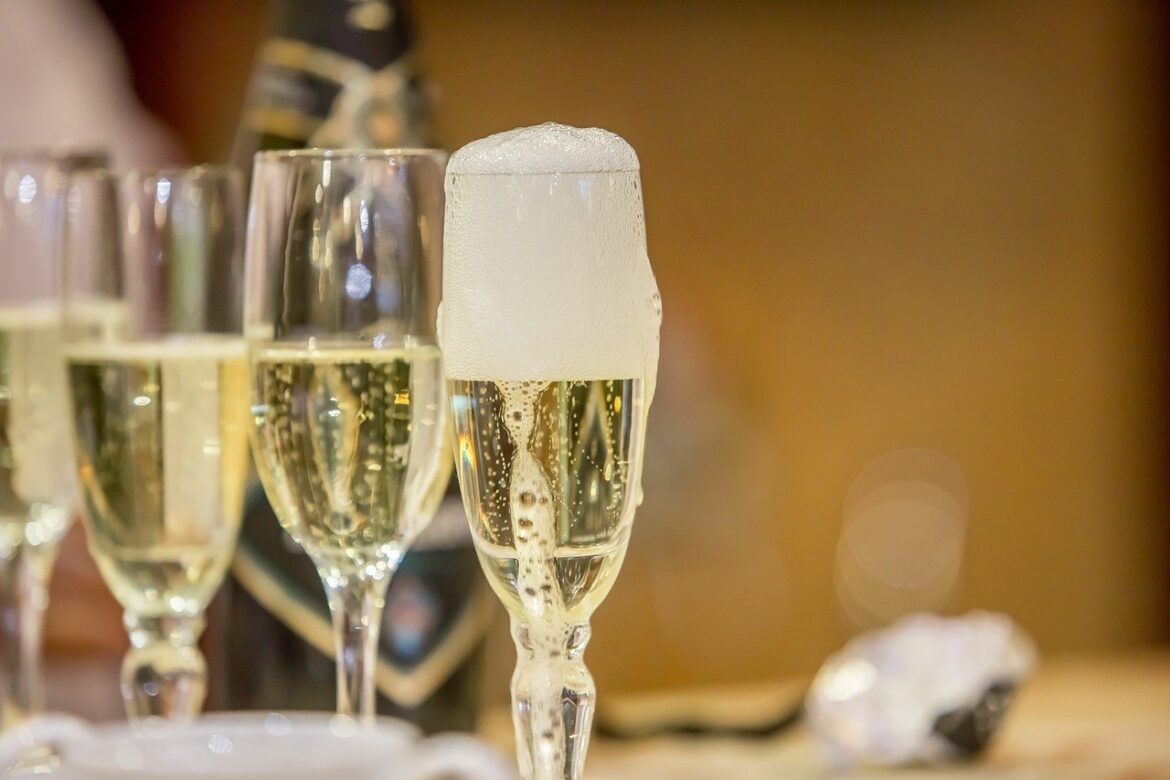Peru is known for its breathtaking landscapes—from the peaks of the Andes to the lush Amazon rainforest—but it’s also home to some of the most nutrient-rich foods on the planet. The Superfoods of Peru are a unique collection of natural products that have been cultivated for thousands of years, cherished by the Inca civilization, and now celebrated worldwide for their remarkable health benefits.
Whether you’re a wellness enthusiast, a foodie, or simply curious about healthy eating, these superfoods bring the best of ancient nutrition into the modern world.
Table of Contents
The Origins of Peru’s Superfoods
Peru’s geography is a key reason for its exceptional biodiversity. The varied climates—from coastal deserts to high-altitude mountains—create the perfect environment for a wide range of crops. Long before modern nutrition science, ancient Peruvians understood the power of these foods, incorporating them into their daily diets for strength, stamina, and overall wellness.
The Inca Empire, one of the most advanced civilizations in history, relied heavily on these nutrient-dense crops, which have now gained global recognition for their exceptional health profiles.
Top Superfoods of Peru
1. Quinoa – The “Golden Grain”
Known as the “mother grain” by the Incas, quinoa is one of the most famous Superfoods of Peru. Packed with complete plant-based protein, it contains all nine essential amino acids, making it a powerhouse for vegans and vegetarians. Rich in fiber, iron, magnesium, and antioxidants, quinoa supports heart health, aids digestion, and provides sustained energy.
How to enjoy: Use quinoa as a substitute for rice, mix it into salads, or even make breakfast porridge.
2. Maca – The Peruvian Energy Root
Maca, a root vegetable native to the Andes, has been prized for centuries as a natural energy booster and hormone balancer. Often called “Peruvian ginseng,” maca is believed to enhance stamina, support fertility, and improve mood. Its slightly nutty, caramel-like flavor makes it an easy addition to smoothies, oatmeal, or baked goods.
How to enjoy: Maca powder blends beautifully into smoothies, coffee, or protein shakes.
3. Lucuma – The “Gold of the Incas”
With its naturally sweet, maple-like flavor, lucuma is not only delicious but also incredibly nutritious. This bright yellow fruit is rich in beta-carotene, vitamin B3, and antioxidants. Traditionally used in Peruvian desserts, lucuma is now a favorite natural sweetener for health-conscious eaters.
How to enjoy: Add lucuma powder to ice creams, smoothie bowls, or energy bars for a healthy twist.
4. Camu Camu – The Vitamin C Powerhouse
Camu camu is a small Amazonian berry that boasts one of the highest vitamin C contents of any fruit—up to 60 times more than an orange. This makes it an immune-boosting superstar, helping to fight inflammation, support collagen production, and protect against oxidative stress.
How to enjoy: Blend camu camu powder into juices, teas, or smoothies for a tangy health kick.
5. Purple Corn – The Antioxidant King
Used for centuries in traditional drinks like chicha morada, purple corn is packed with anthocyanins—the same antioxidants found in blueberries and blackberries. These compounds promote heart health, improve circulation, and may help regulate blood sugar.
How to enjoy: Brew purple corn into a refreshing drink or incorporate it into baked goods for a colorful and nutritious boost.
6. Sacha Inchi – The Amazonian Super Seed
Often called the “Inca peanut,” sacha inchi is a star among plant-based omega-3 sources. Its seeds are rich in protein, fiber, and essential fatty acids, making them excellent for heart and brain health. Sacha inchi oil is also a popular cooking and salad dressing ingredient.
How to enjoy: Snack on roasted sacha inchi seeds or drizzle the oil over salads and roasted vegetables.
Why the Superfoods of Peru Are So Special
While many countries produce superfoods, the Superfoods of Peru stand out for their unique growing conditions and ancient cultivation methods. Farmers in the Andes and Amazon have preserved traditional farming techniques for centuries, ensuring that these crops maintain their purity and nutritional value.
Additionally, the Peruvian government has actively promoted these foods on the global stage, recognizing their potential to improve nutrition worldwide while supporting local farmers and indigenous communities.
Incorporating Peruvian Superfoods into Your Diet
The beauty of these superfoods lies in their versatility. Most are available in dried, powdered, or packaged forms, making them easy to incorporate into modern meals without losing their nutritional potency.
- Smoothies: Blend maca, camu camu, and lucuma for a tropical superfood boost.
- Salads: Top your greens with quinoa, sacha inchi seeds, and a drizzle of sacha inchi oil.
- Baking: Use lucuma powder or purple corn flour in cakes, muffins, or pancakes.
- Snacking: Keep roasted sacha inchi or quinoa puffs on hand for healthy munching.
A Global Wellness Trend with Ancient Roots
From health food stores in New York to cafés in Tokyo, the Superfoods of Peru have become a global sensation. But beyond the trend, these foods represent a deep cultural heritage and a connection to nature that spans thousands of years.
By incorporating them into our diets, we’re not only embracing healthier lifestyles but also honoring the traditions of the Andean and Amazonian communities that have nurtured these crops for generations.
Final Thoughts
The Superfoods of Peru are a perfect blend of ancient wisdom and modern nutrition. From quinoa’s protein-packed grains to camu camu’s immune-boosting vitamin C, each food offers a unique health benefit and a taste of Peru’s rich cultural heritage.
Adding these nutrient-rich treasures to your meals is more than just a dietary choice—it’s a way to connect with one of the world’s most fascinating food traditions. So next time you’re looking to upgrade your pantry, consider adding a touch of Peru to your plate. Your body—and your taste buds—will thank you.










